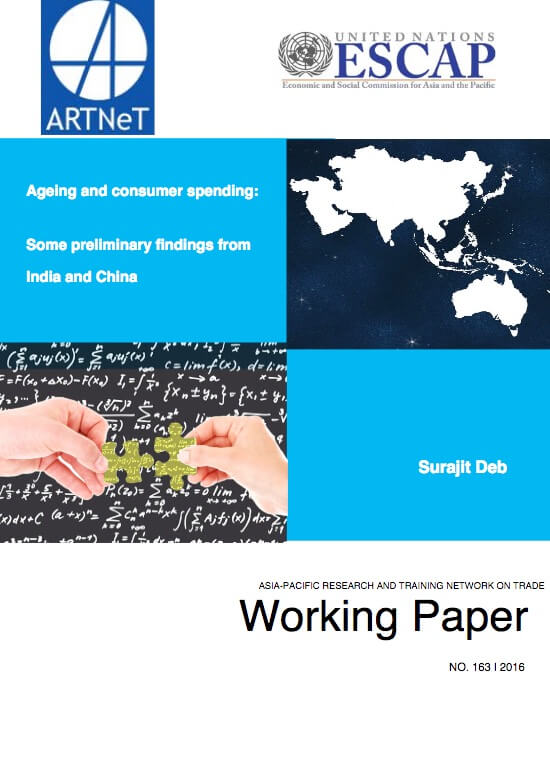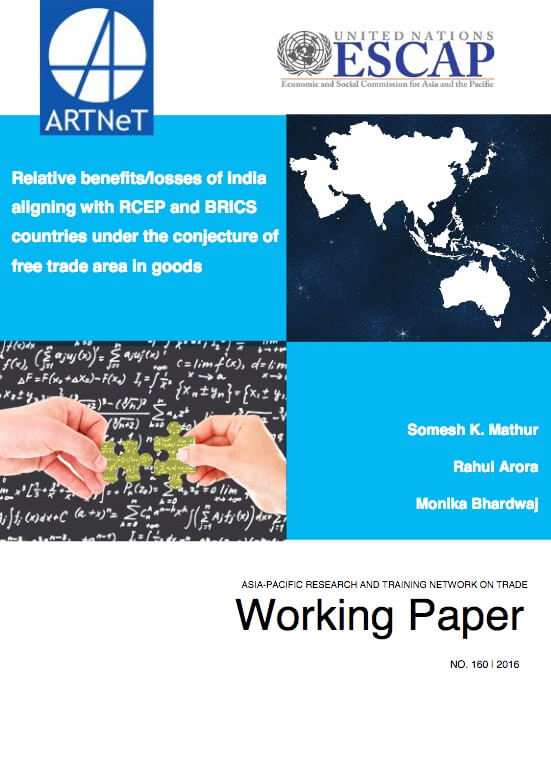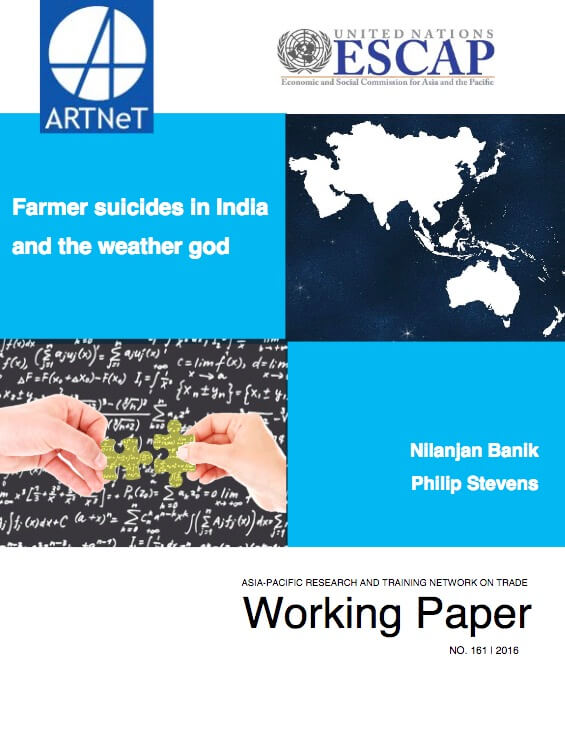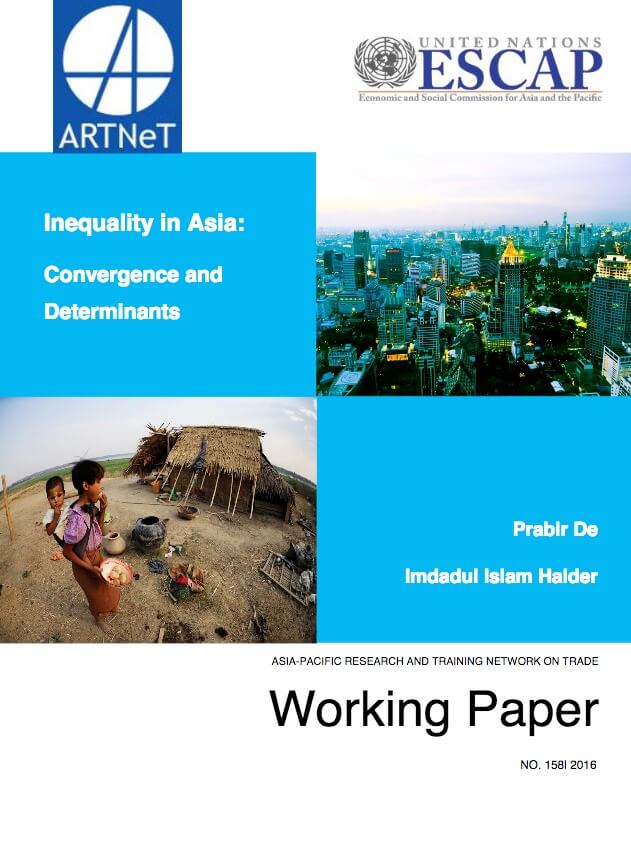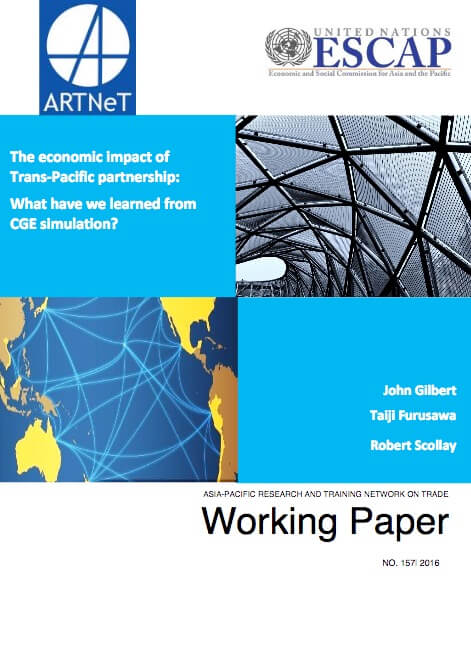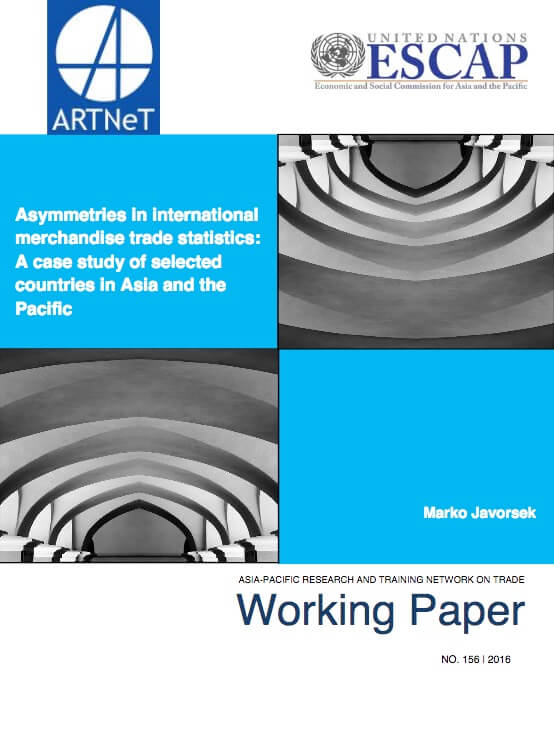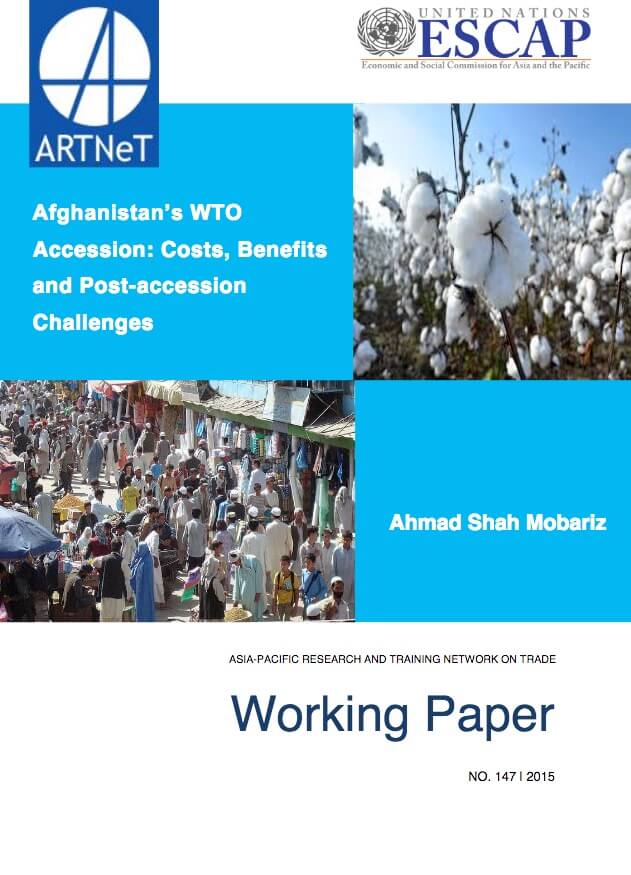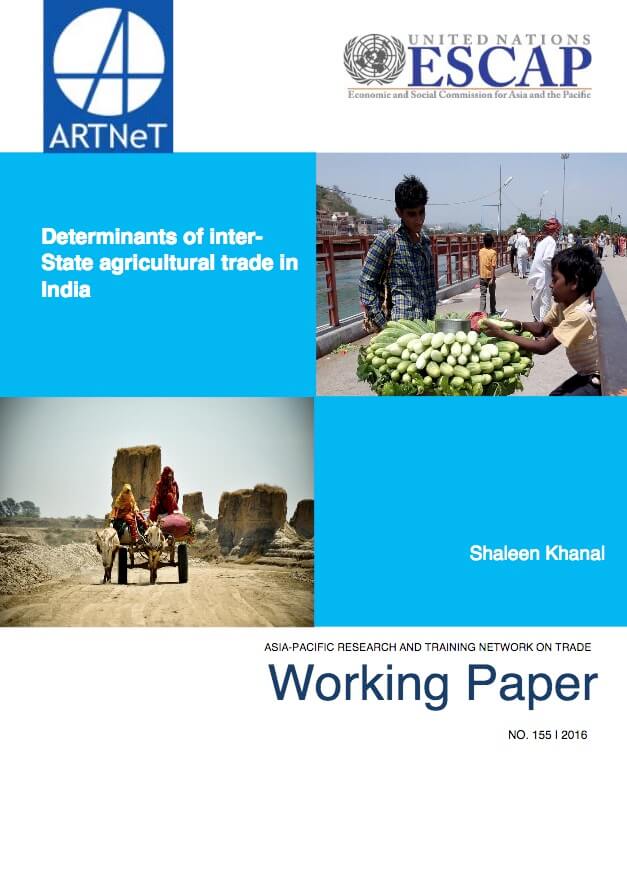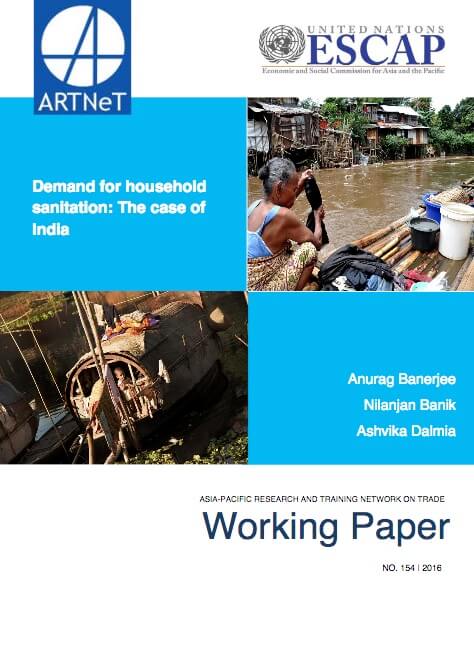Ageing and consumer spending: Some preliminary findings from India and China
The health care for elderly population remains an important concern in the two populated economies of India and China. This paper provides an attempt to determine the extent of population aging in India and China and subsequently determine the ageing impacts on the aggregate as well as health care expenditures in these two countries, separately for the rural and urban areas. The respective state level (provincial) data from the most recent census information reveal wide regional differences in the levels of population aging in both India and China.

